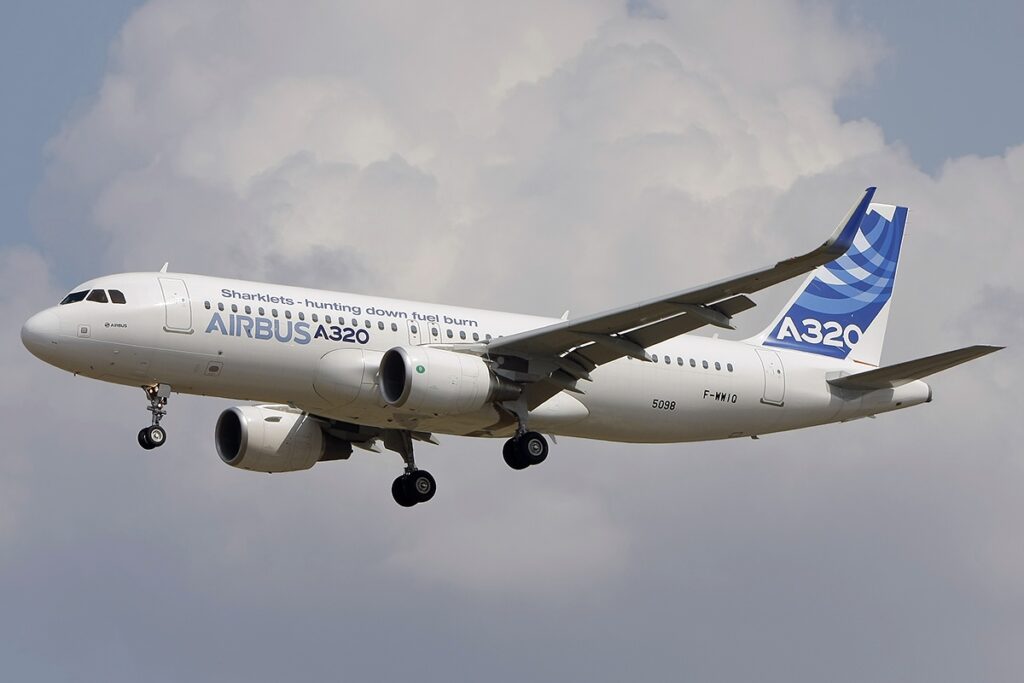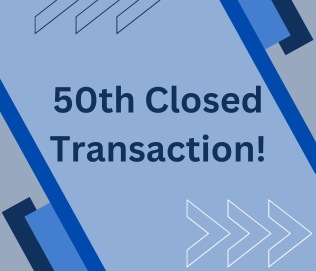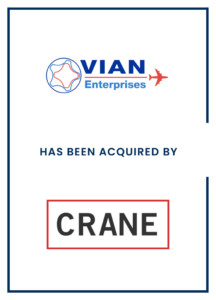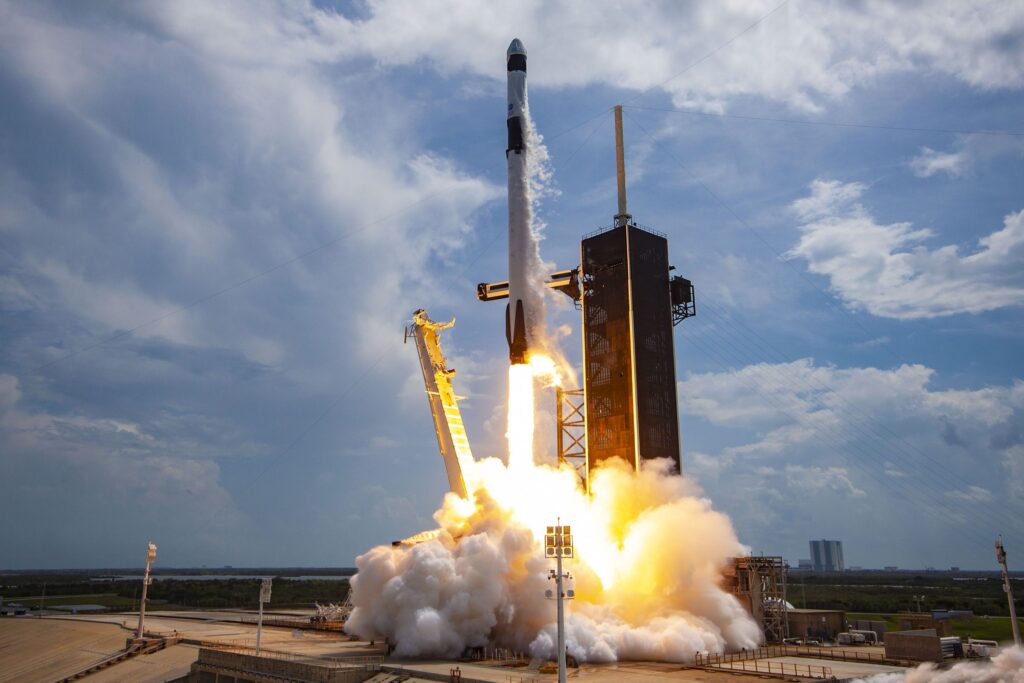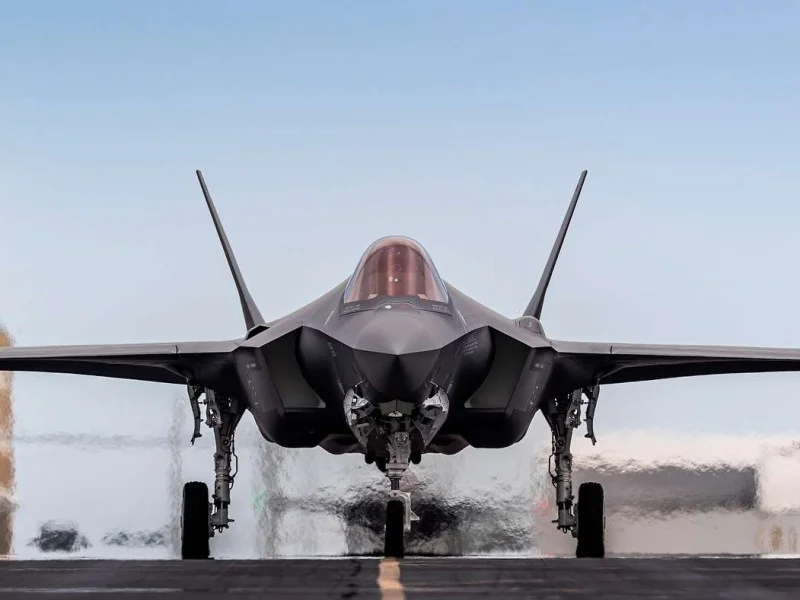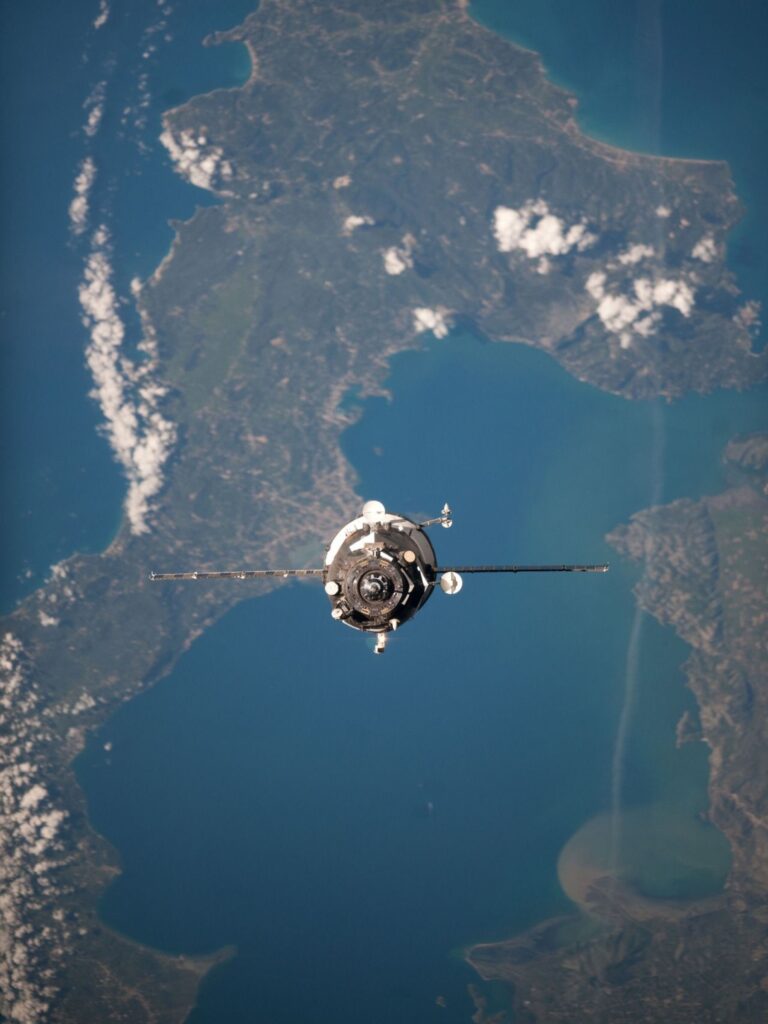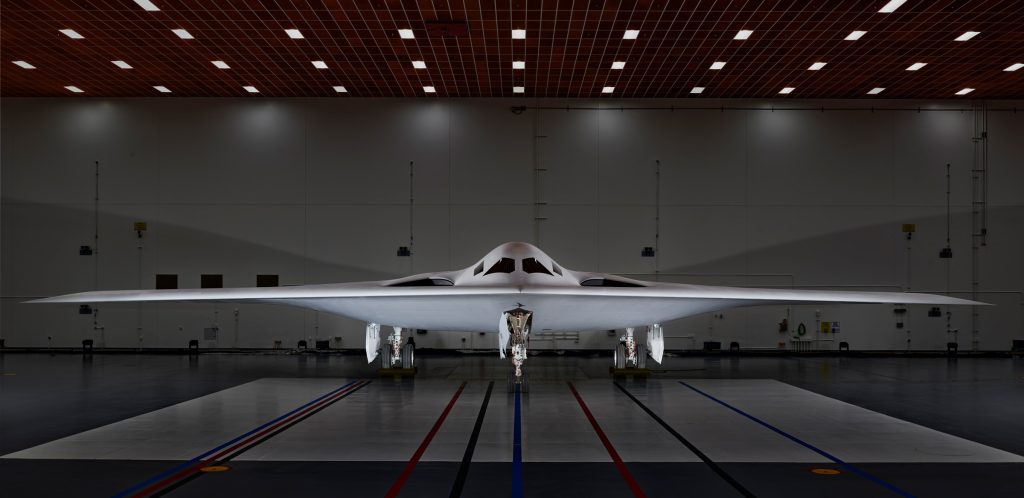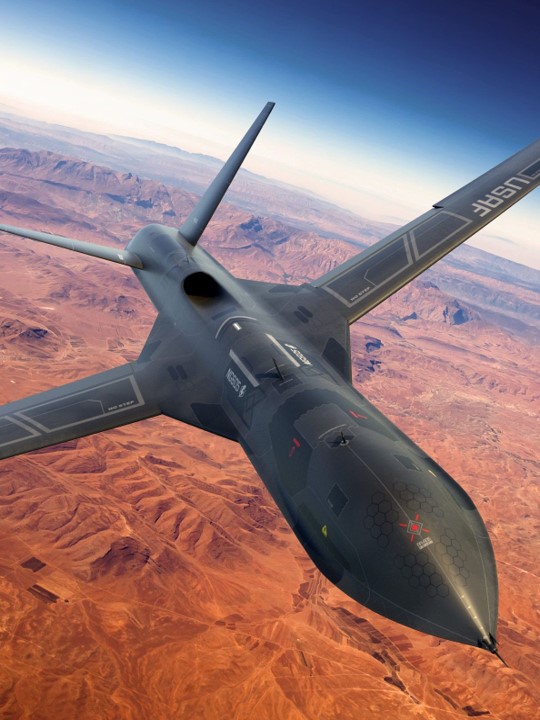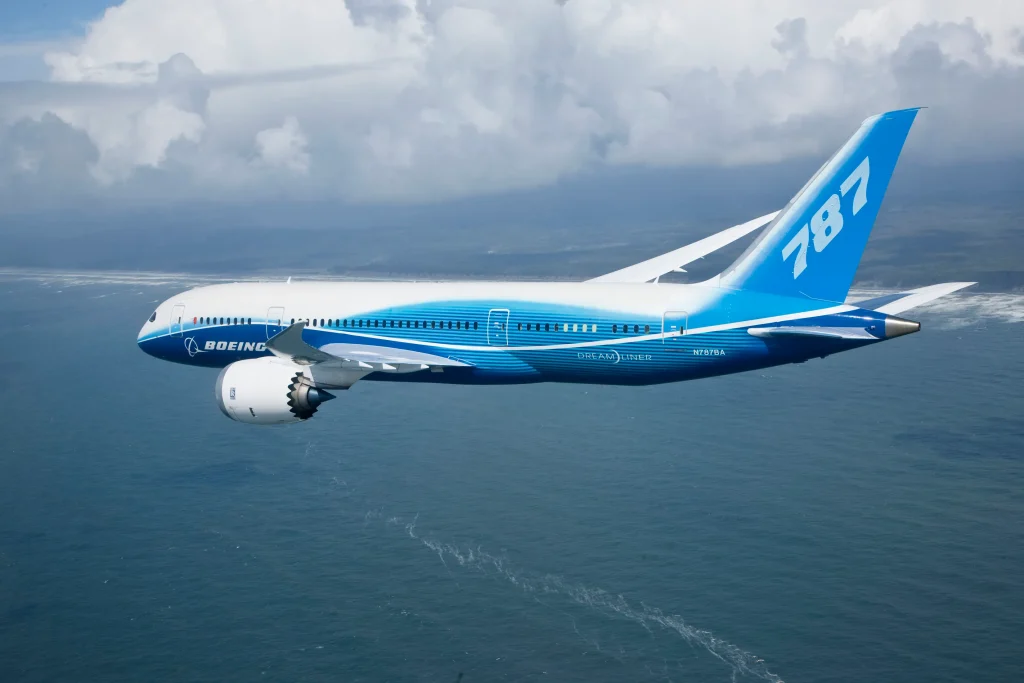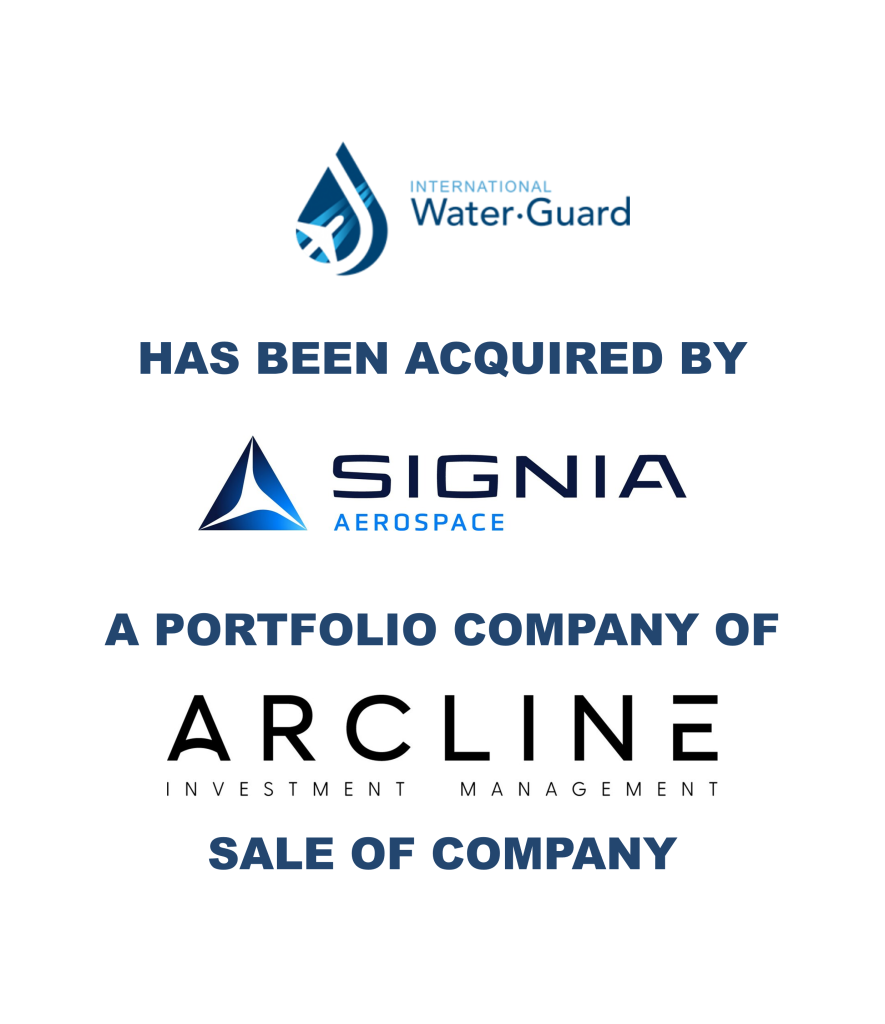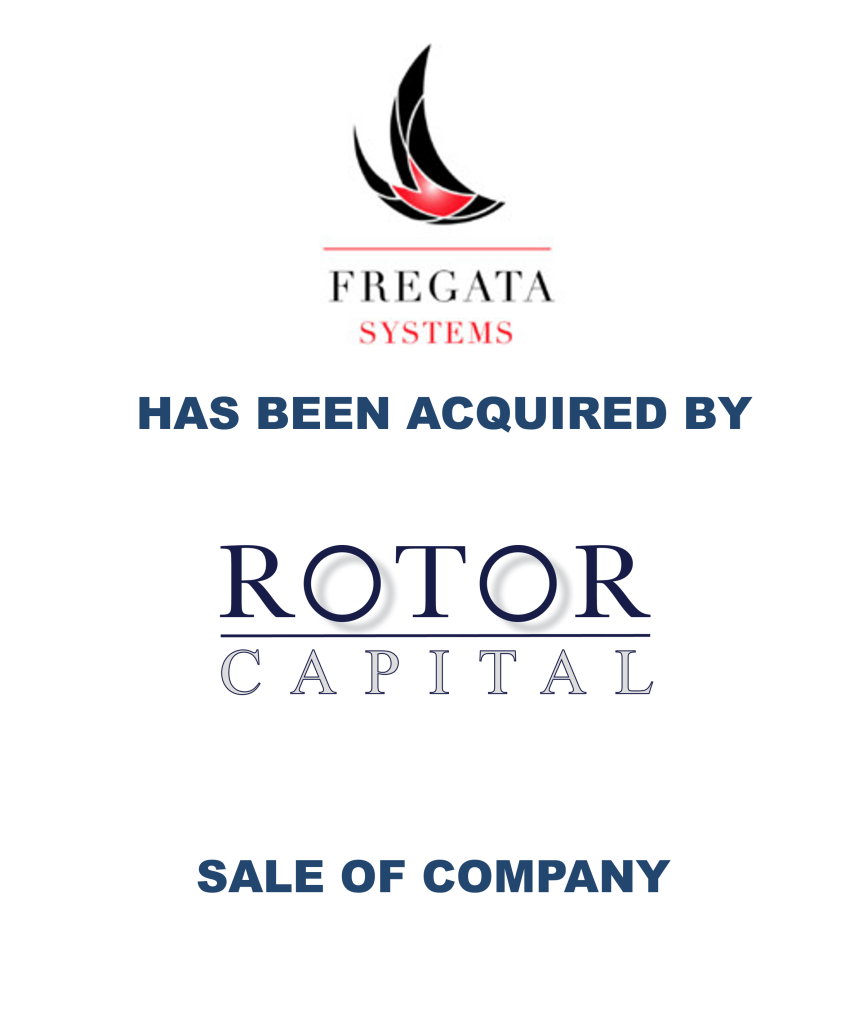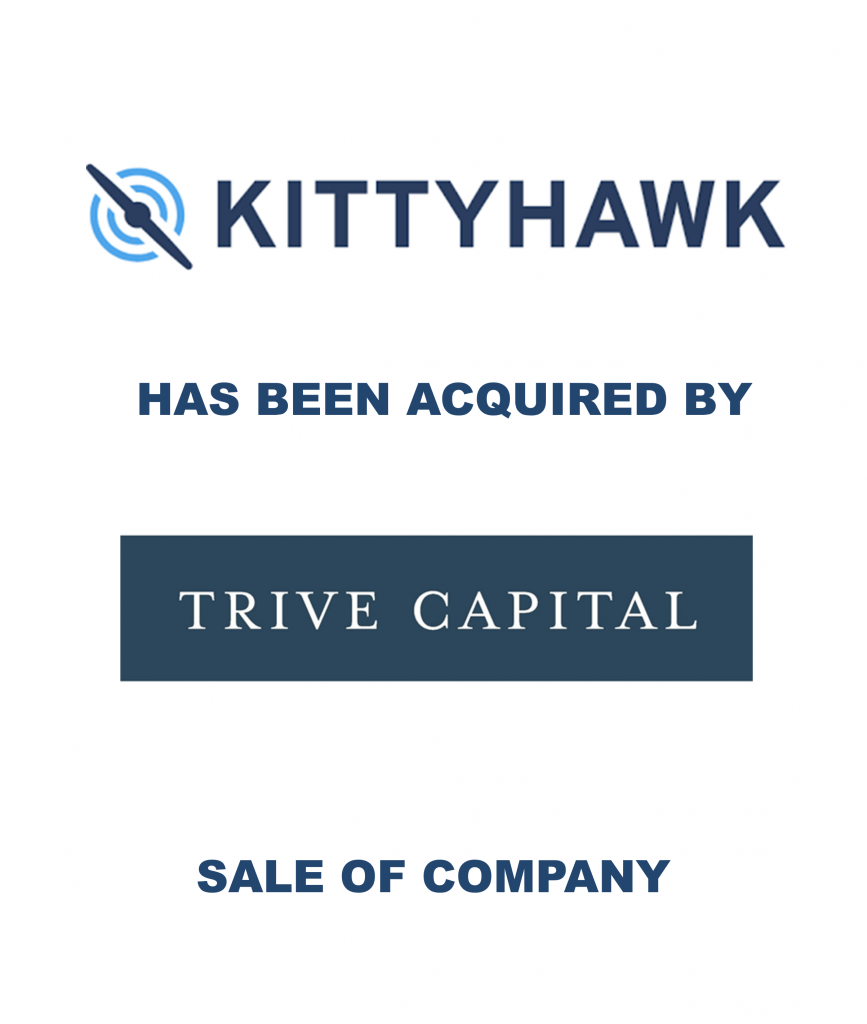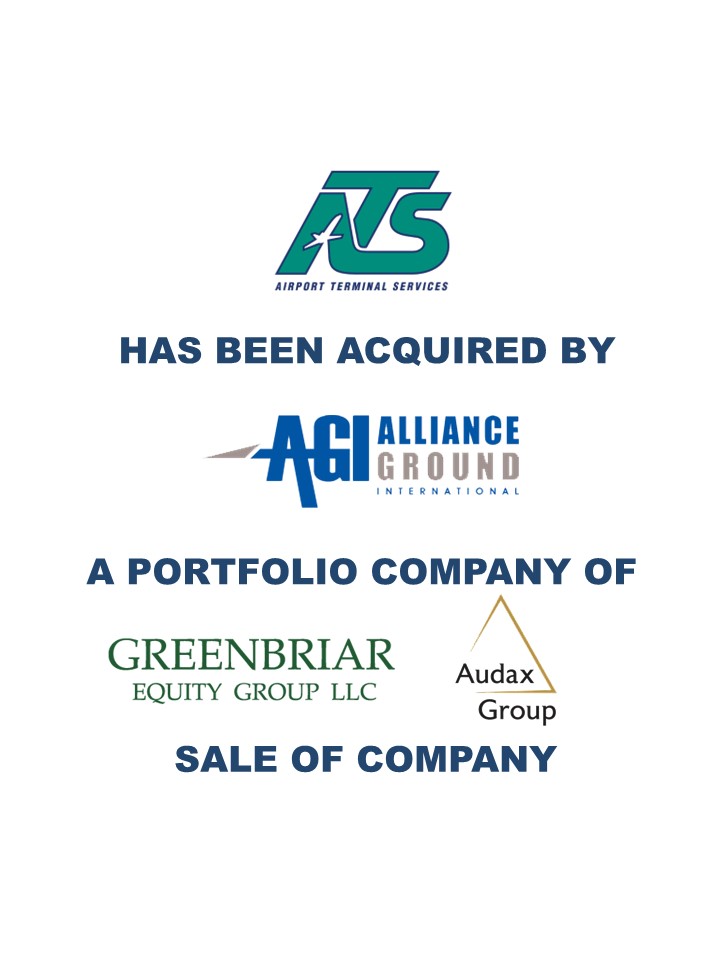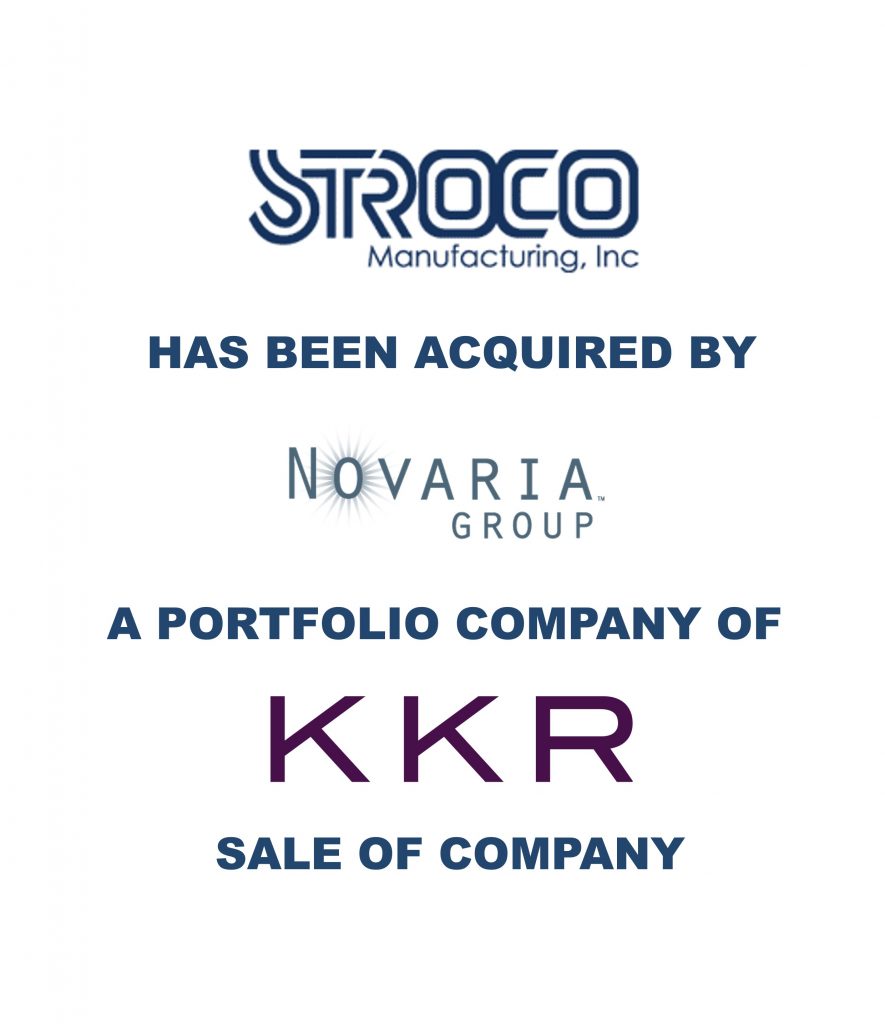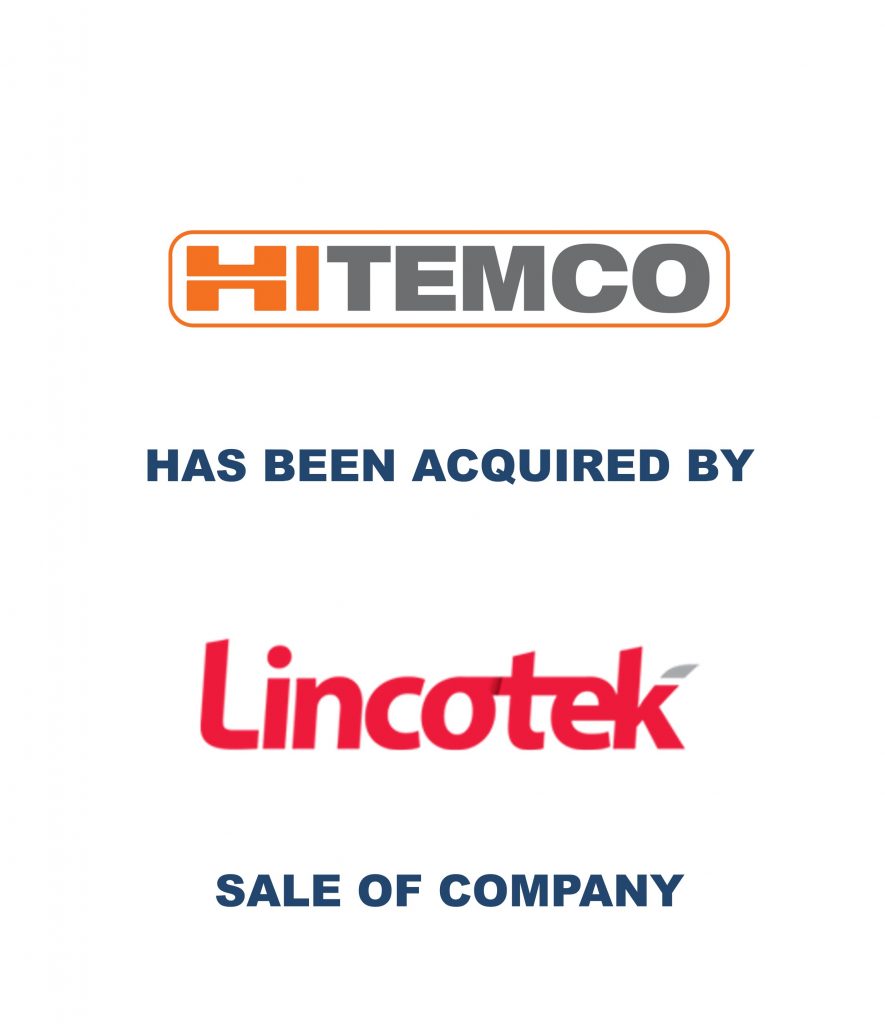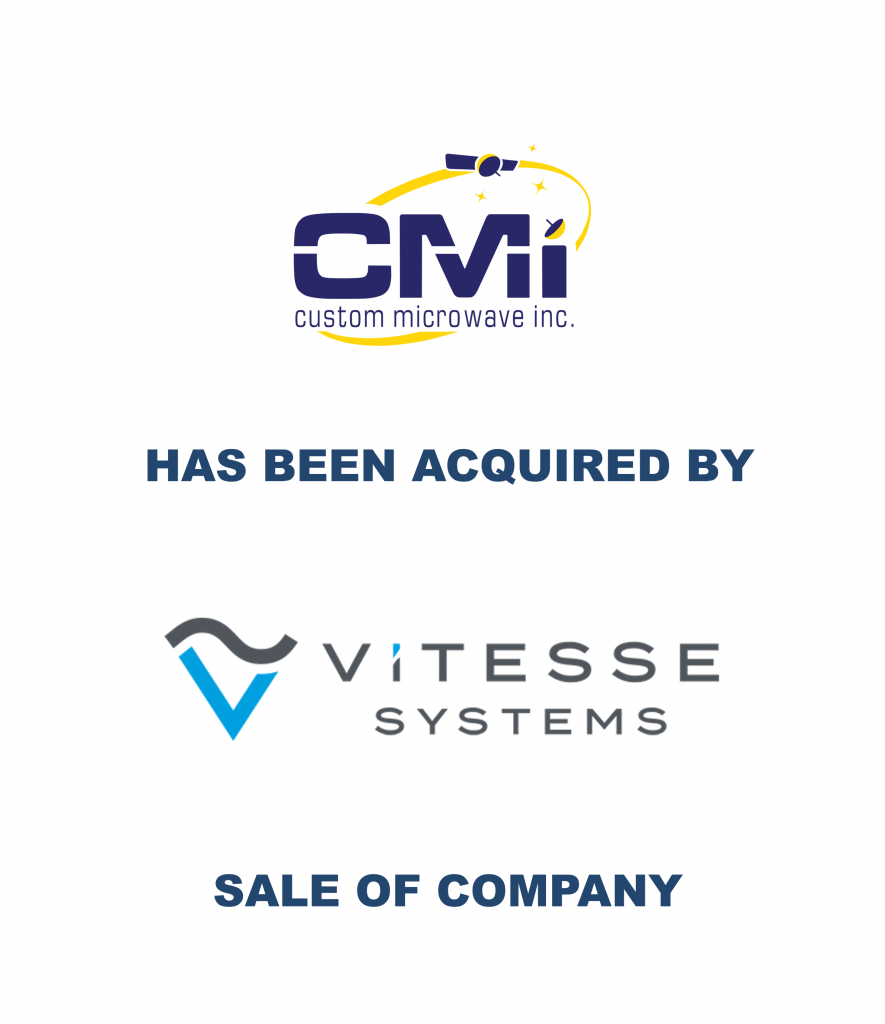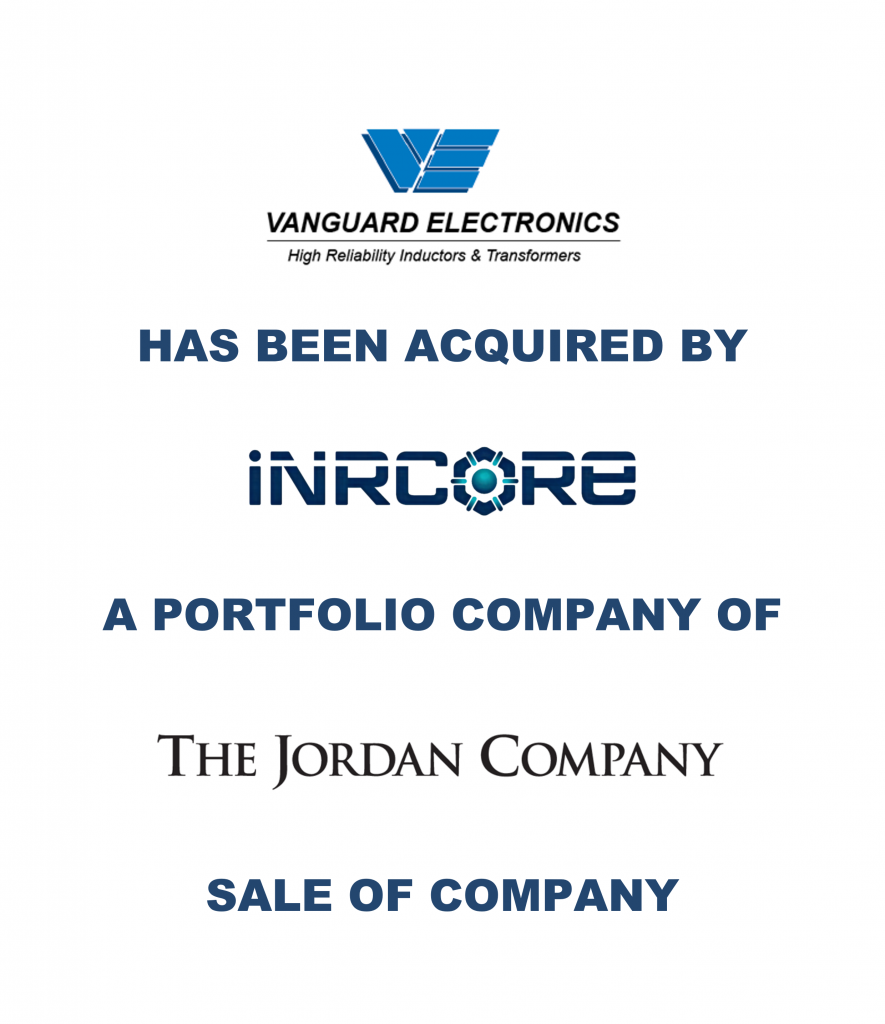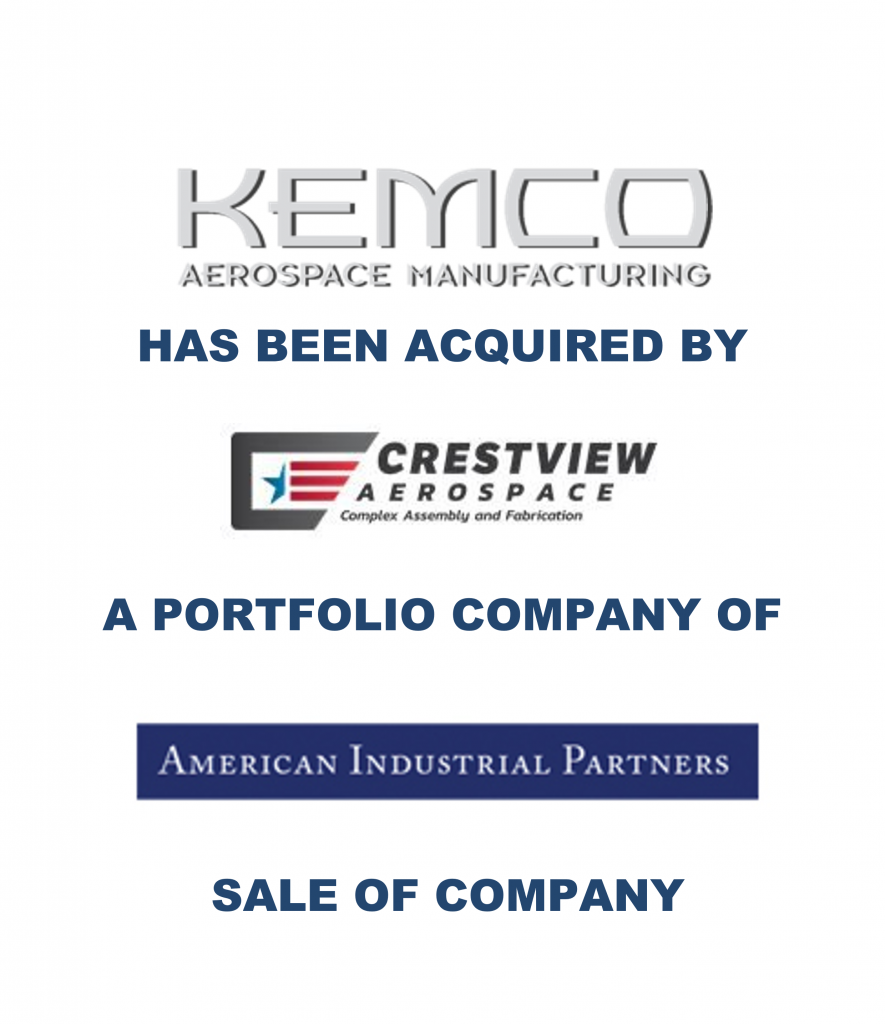Bodycote, the world’s leading provider of heat treatment and specialist thermal processing services, announces a number of strategic steps to enhance and drive further growth in its Specialist Technologies business, through the expansion of the Group’s Hot Isostatic Pressing (HIP) footprint and scale in the US.
Acquisition of Lake City HT and Stack Metallurgical Group
On 6 October 2023, Bodycote agreed to acquire two specialist technology focussed businesses:
- Lake City HT based in Warsaw, Indiana, a leading Medical market HIP and vacuum heat treatment business primarily supplying the orthopaedic implant market as well as Civil Aerospace customers.
- Stack Metallurgical Group based in the Pacific Northwest of the US, a key provider of HIP, heat treatment and metal finishing services primarily for the Civil Aerospace, Defence and Energy markets.
The businesses are highly complementary to Bodycote’s existing operations and will both expand our geographic footprint in North America and provide additional customer reach. The businesses comprise two HIP and three heat treatment sites, which will be integrated into Bodycote’s existing Specialist Technologies business and Aerospace, Defence and Energy classical heat treatment business respectively.
The combined gross consideration for the acquisitions is $145m (£119m) on a cash and debt free basis and will be subject to customary closing adjustments. After expected tax benefits worth at least $15m, the net economic consideration is approximately $130m (£106m). The combined acquisition multiple is less than 9x expected 2024 EBITDA, taking into account tax benefits and synergies.
The businesses delivered strong growth in H1 2023, with revenues rising by 29%. A broadly similar rate of growth is expected for H2 2023, with FY 2023 forecast revenues expected to be around $45m (£36m). This growth reflects the ongoing recovery in the Civil Aerospace market, strong growth in the Medical market and new customer wins, which provide a solid foundation for the future.
Completion of the acquisitions is subject to regulatory clearance and will be funded out of existing Group credit facilities. They will be accretive to Group margins and earnings per share from the first year post completion and are expected to exceed Bodycote’s cost of capital in 2025. Post acquisition, the Group’s leverage will be comfortably within our target range, providing continued balance sheet strength to support the execution of the Group’s strategy.
Stephen Harris, Group Chief Executive of Bodycote plc, commented:
“These investments are an important and exciting enabler of our strategy to further enhance and grow our Specialist Technologies businesses. In addition, they will also expand our footprint in Aerospace and Medical heat treatment on the West Coast and in Indiana in the US. The acquisitions will enhance group margins, are accretive to earnings per share and allow us to further capitalise on the structural growth opportunities in the Space, Civil Aerospace and Medical markets.
The proposed new HIP plant in greater Los Angeles will allow Bodycote to take advantage of the burgeoning HIP market in Space and Civil Aerospace in the region. It will require only modest investment as it utilises an existing Bodycote site and existing HIP vessels that are immediately available for installation.
Optimal allocation of capital to drive shareholder value remains a top priority for the Group and these investments reflect this.”
Lazard acted as exclusive financial advisor to Bodycote on the acquisition of Lake City HT and Stack Metallurgical Group.
About Lake City Heat Treating (Lake City HT)
Lake City HT, currently owned by the Davis family, operates out of a single site in Warsaw, Indiana. The site provides HIP and associated heat treatment services. The business predominantly serves the medical orthopaedic implant market but also encompasses aerospace related business.
About Stack Metallurgical Group (SMG)
SMG, currently owned by a group of private investors, operates a HIP plant in Albany, Oregon and heat treatment plants in each of Portland, Oregon, Spokane, Washington and Salt Lake City, Utah, in the US. The business focusses on the aerospace market and has additional sales in the energy and general industrial markets.
About Bodycote
With more than 165 accredited facilities in 22 countries, Bodycote is the world’s largest provider of thermal processing services. Through Specialist Technologies and classical heat treatment, Bodycote improves the properties of metals and alloys, extending the life of vital components for a wide range of industries, including aerospace, defence, automotive, power generation, medical, oil & gas, construction, and transportation. Customers in all of these industries have entrusted their products to Bodycote’s care for more than 50 years. For more information, visit www.bodycote.com.
Disclosures
The acquisition constitutes a Class 2 transaction for the purposes of the UK Financial Conduct Authority’s Listing Rules. During the full year ended 31 December 2022, the businesses generated combined revenues of $35m and combined EBIT of $6m, and the business had combined gross assets of $46m.
This announcement contains inside information for the purposes of Article 7 of Regulation 2014/596/EU which is part of domestic UK law pursuant to the Market Abuse (Amendment) (EU Exit) Regulations (SI 2019/310) (“UK MAR”). Upon the publication of this announcement, this inside information (as defined in UK MAR) is now considered to be in the public domain. The General Counsel of Bodycote is the person responsible for making this disclosure.
This announcement contains forward-looking statements based on current expectations and assumptions. Various known and unknown risks, uncertainties and other factors may cause actual results to differ from future results or developments expressed or implied from the forward-looking statements. Each forward-looking statement speaks only as of the date of this document. Bodycote plc accepts no obligation to revise or update these forward-looking statements publicly or adjust them to future events or developments, whether as a result of new information, future events or otherwise, except to the extent legally required.
